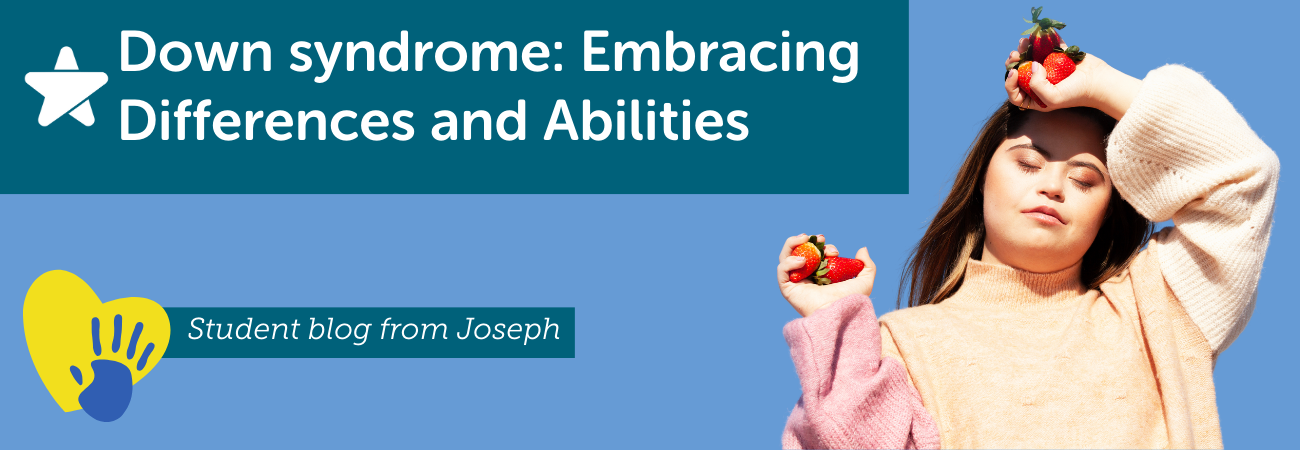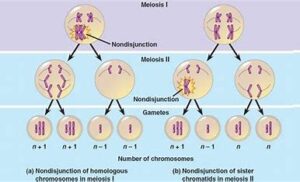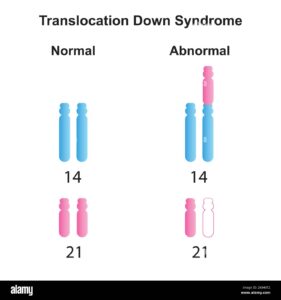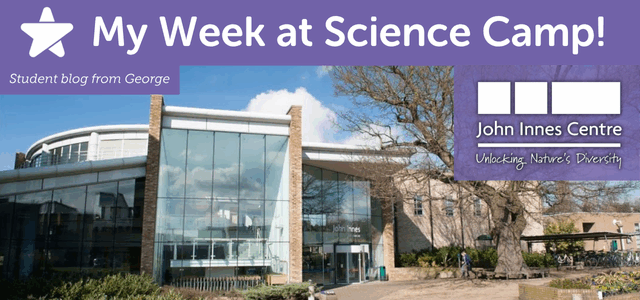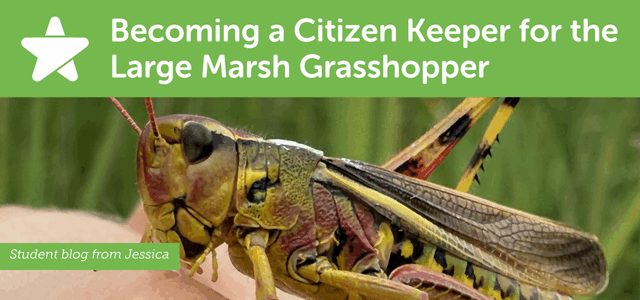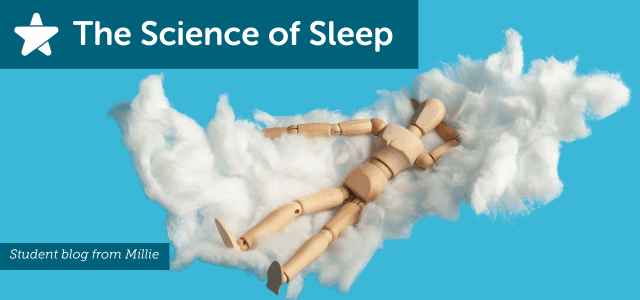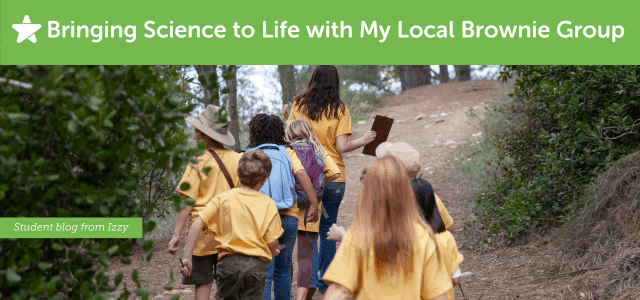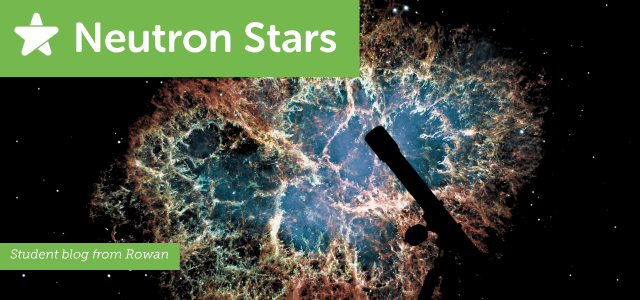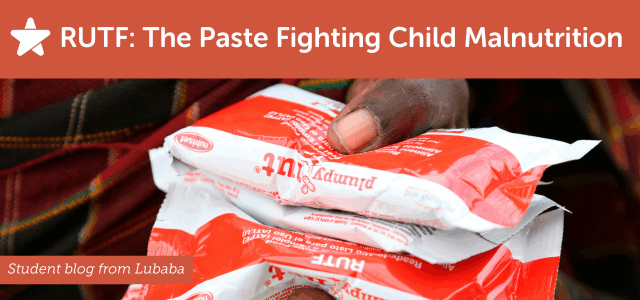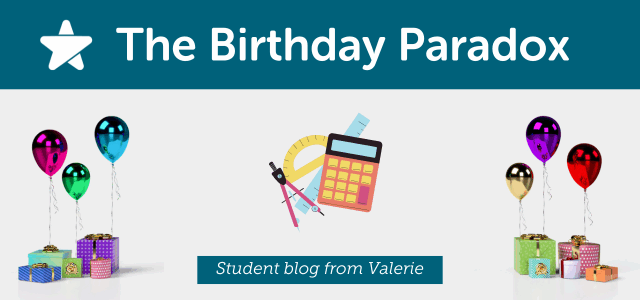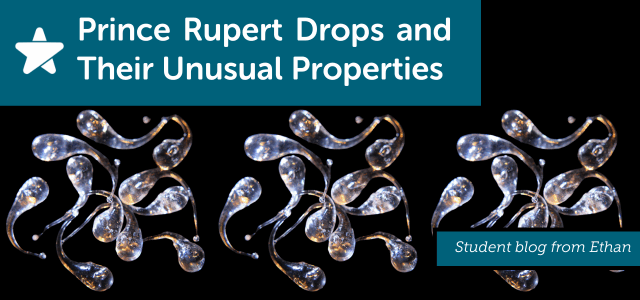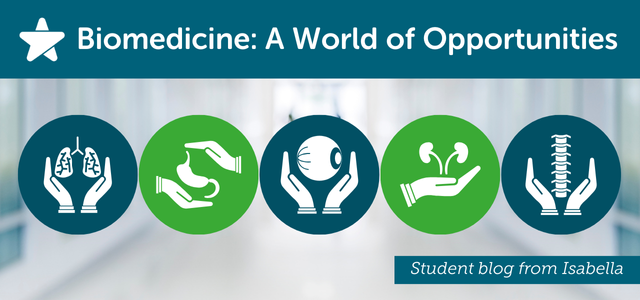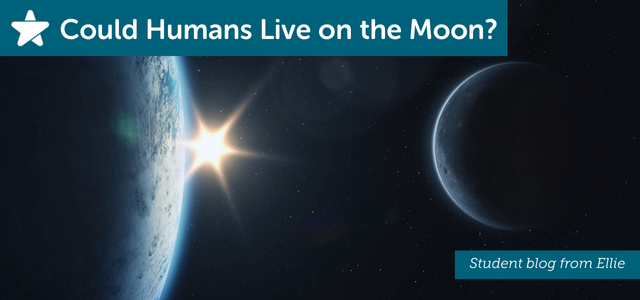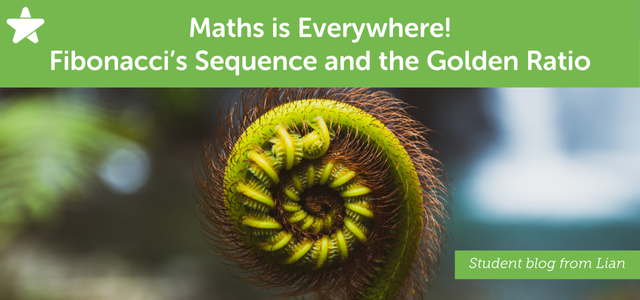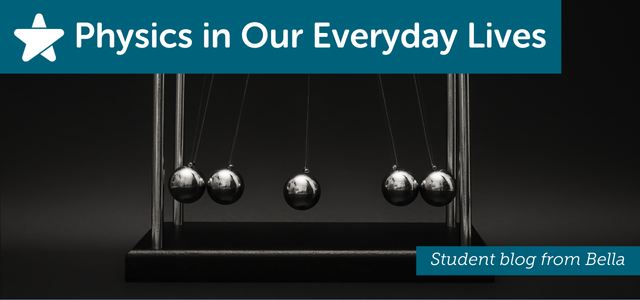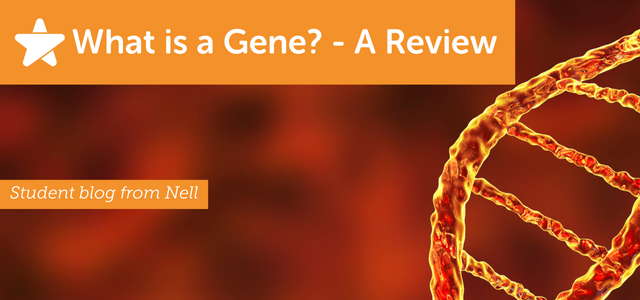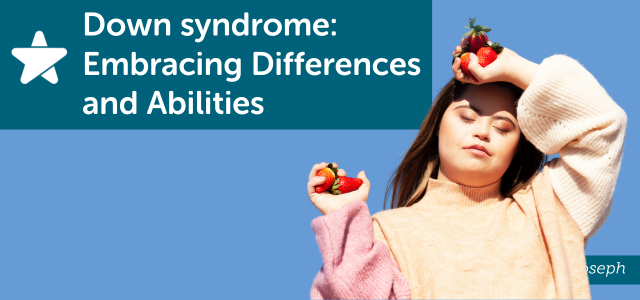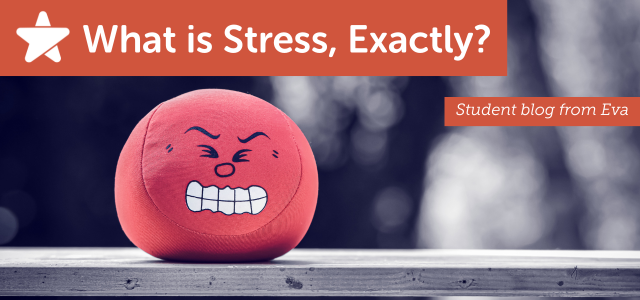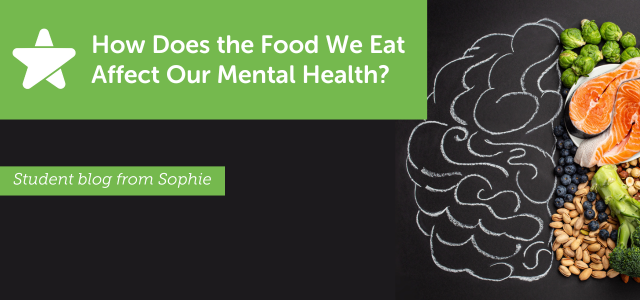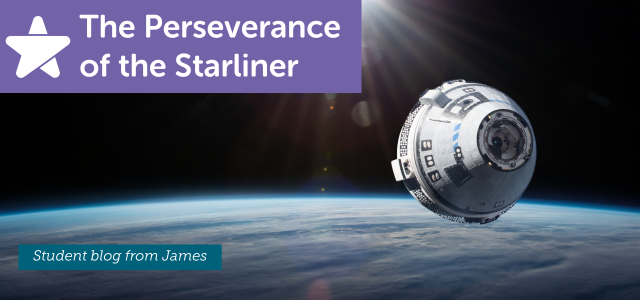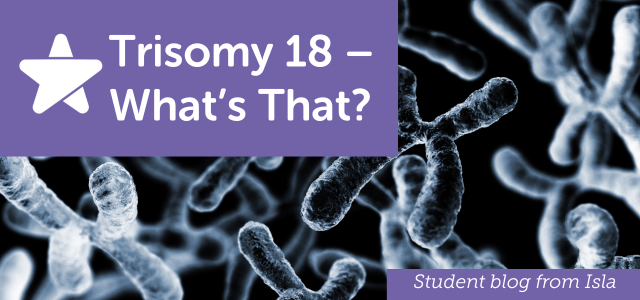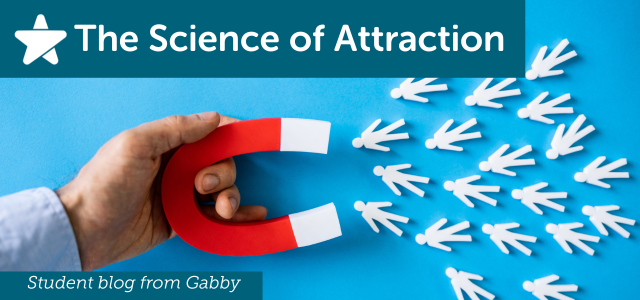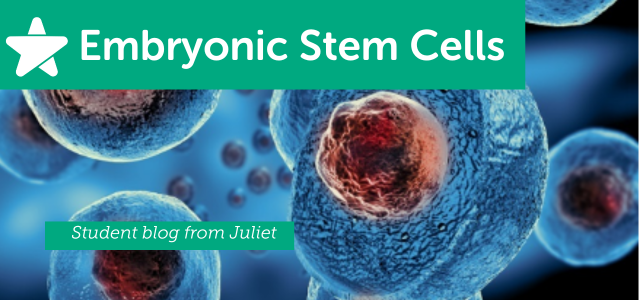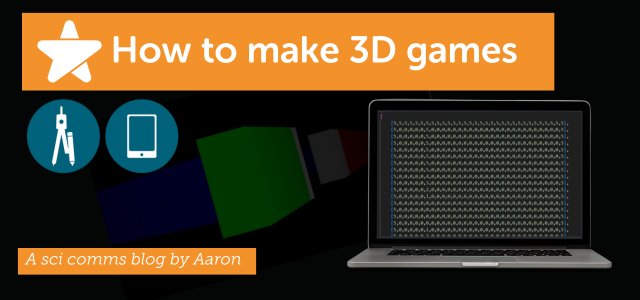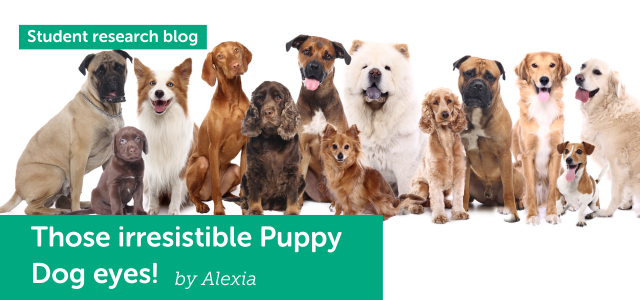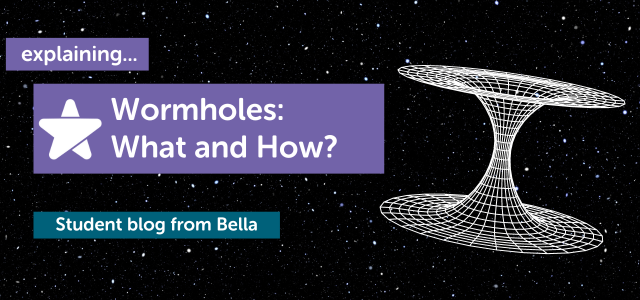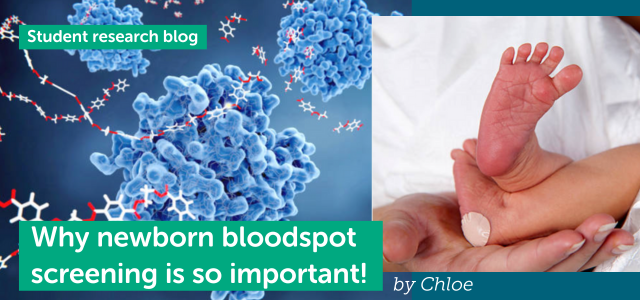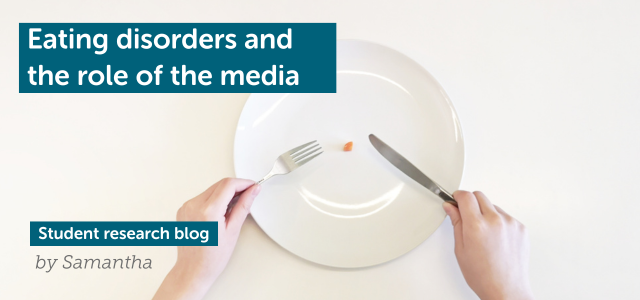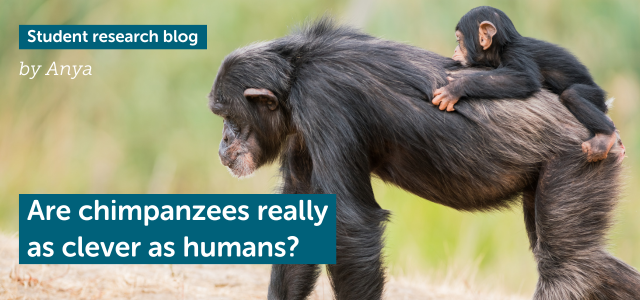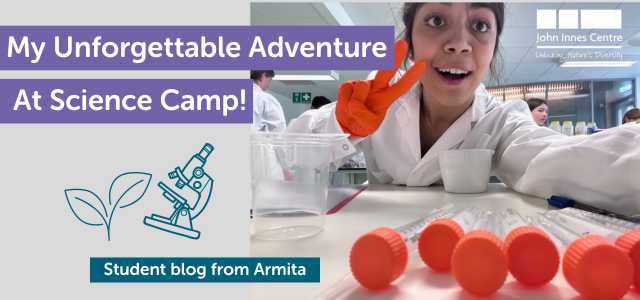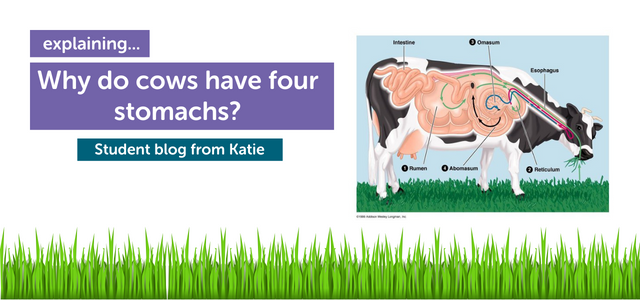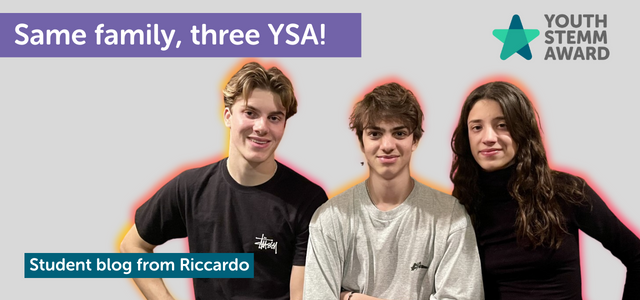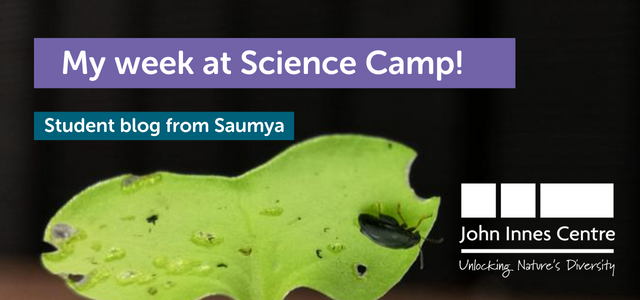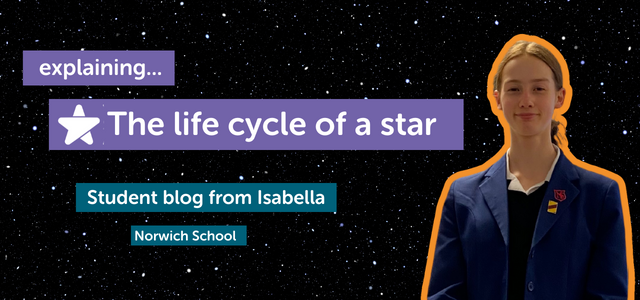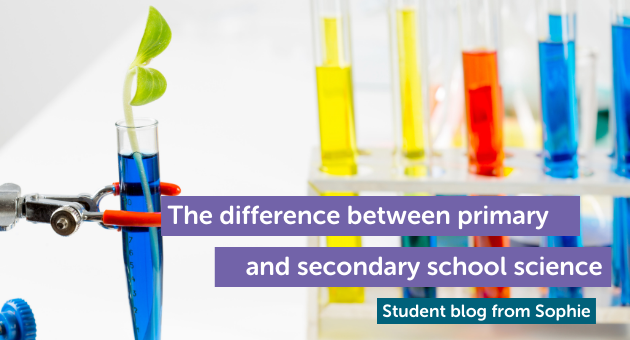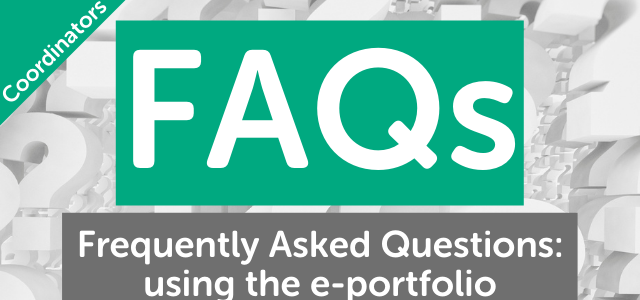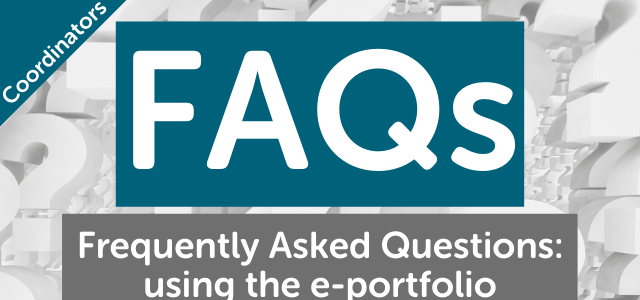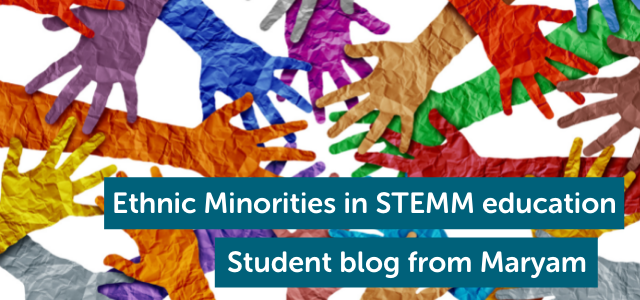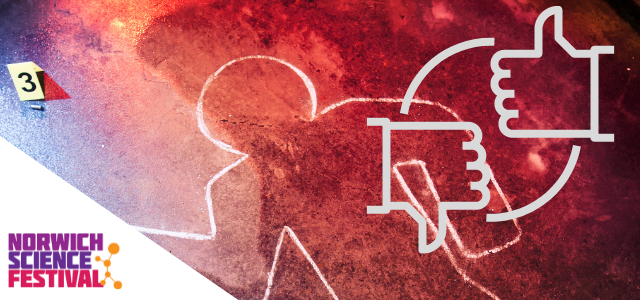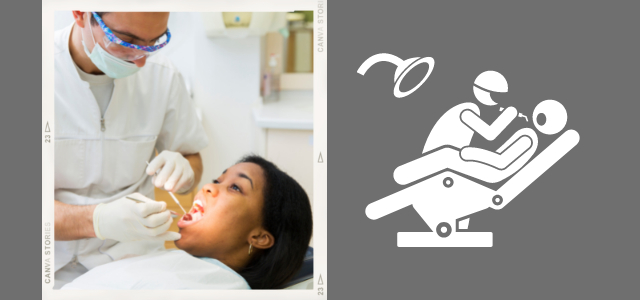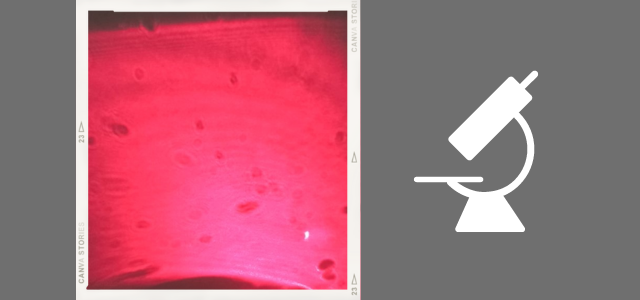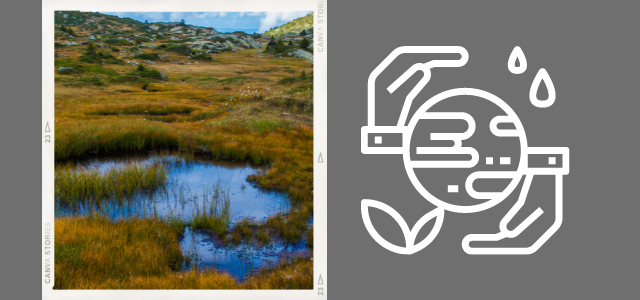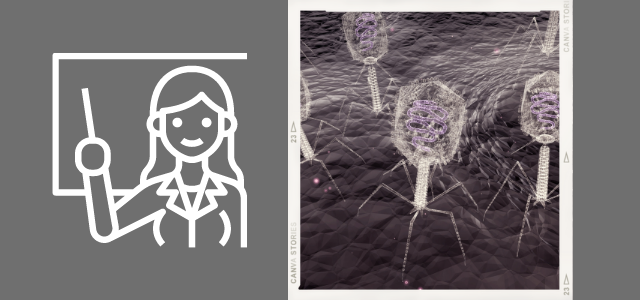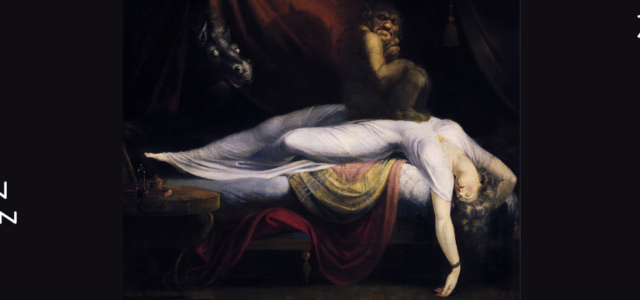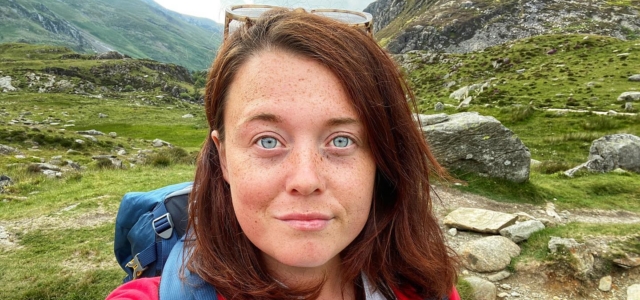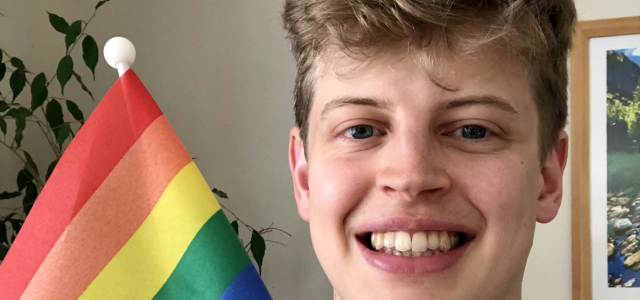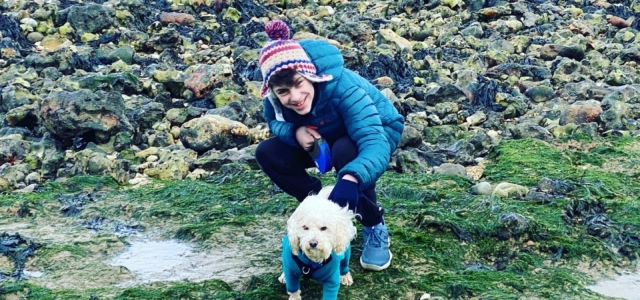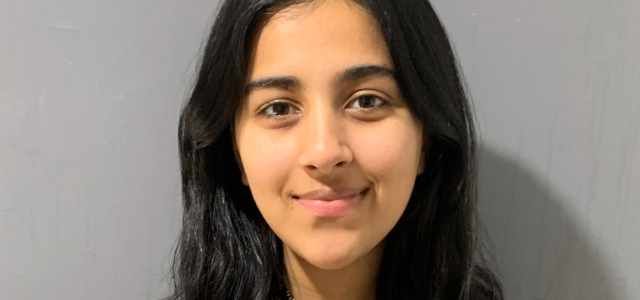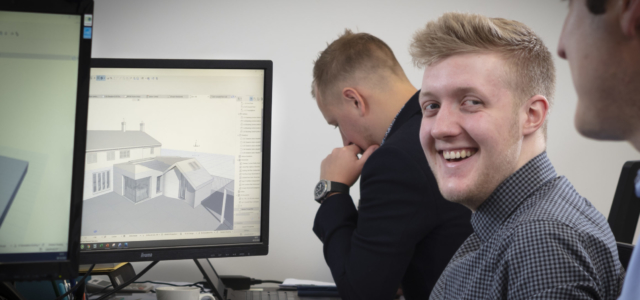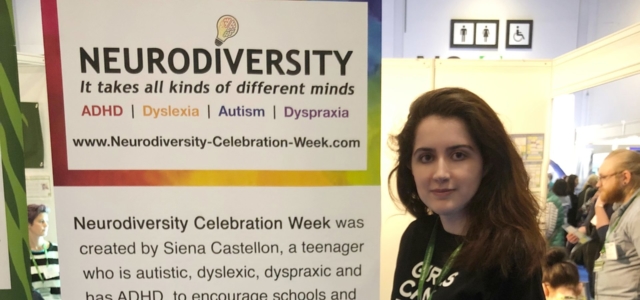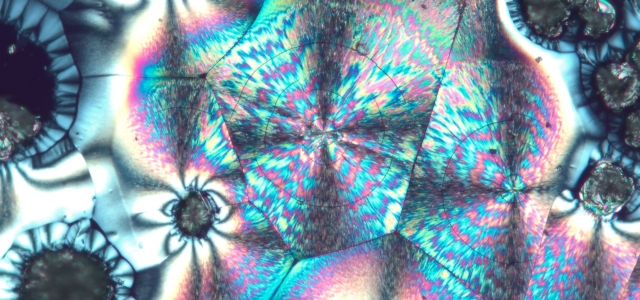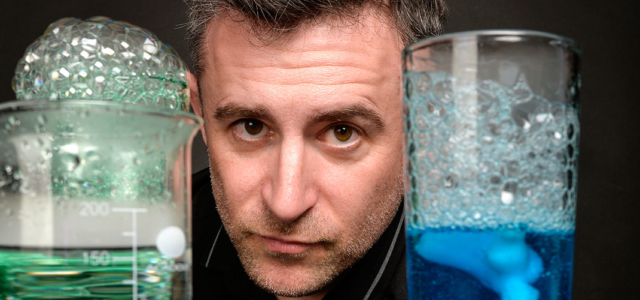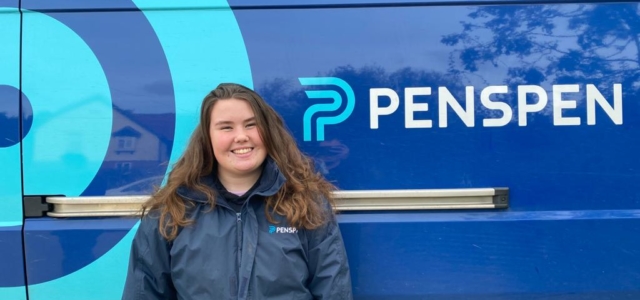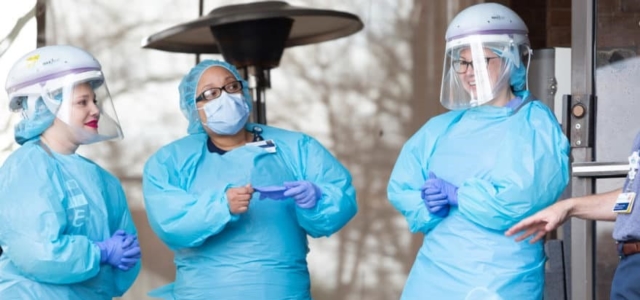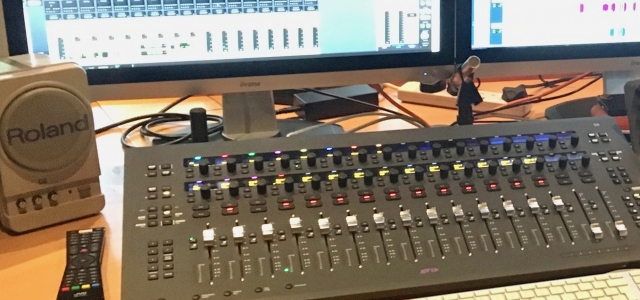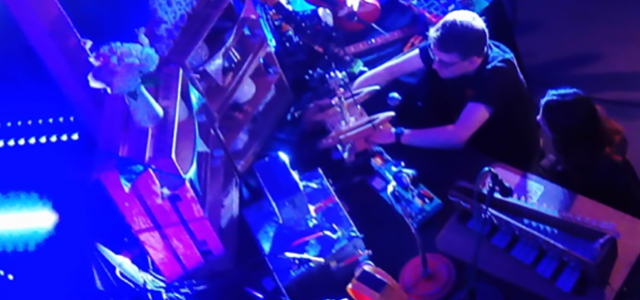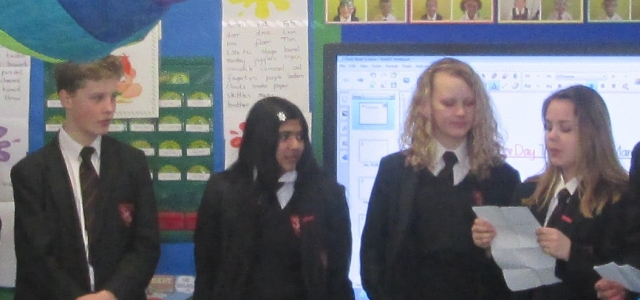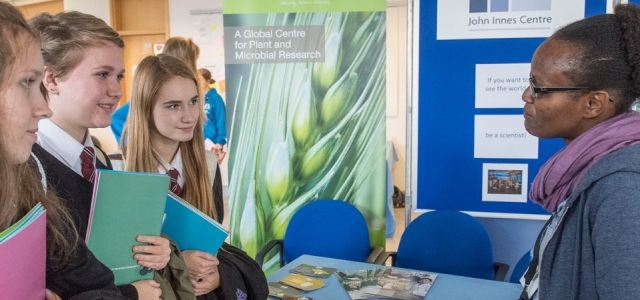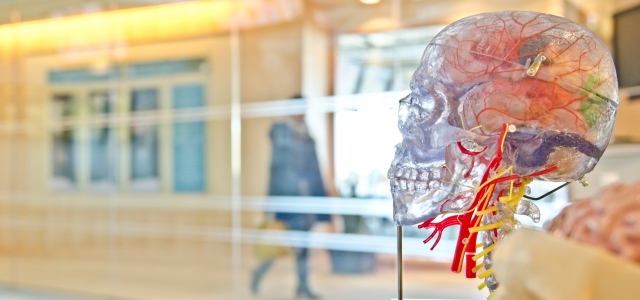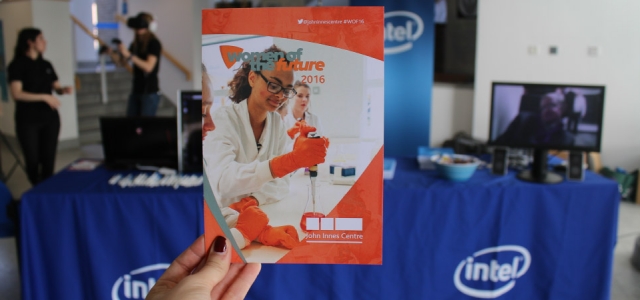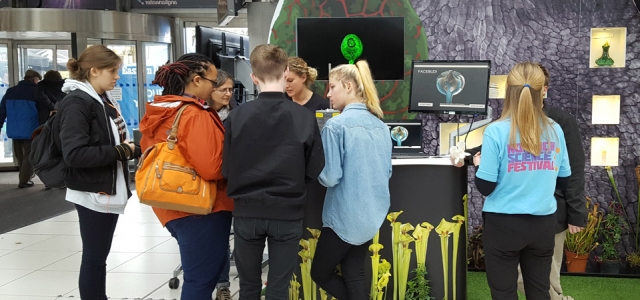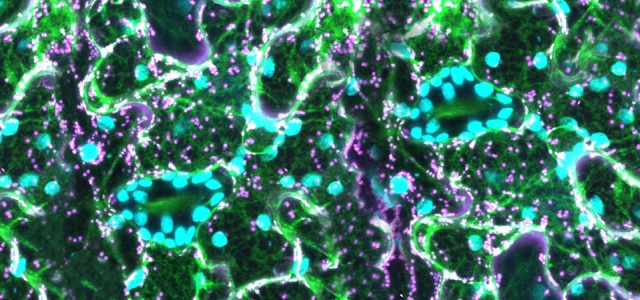Youth STEMM Award participant Joseph, inspired by his sister who has Down syndrome, explores the biology behind the condition and addresses common misconceptions. Read on to learn more about the science behind Down syndrome from someone with a personal connection to the topic.
Down syndrome is a genetic condition caused by an extra third copy of chromosome 21, with traits ranging from mild to significant physical and developmental setbacks, if not managed properly. A common misconception is that people with Down syndrome “suffer” from it and are abnormal compared to the rest of society; this isn’t true, as it is just a characteristic of that person.
Symptoms and Effects:
So, what could Down syndrome mean for a person? For starters, there are some health challenges that come from the extra chromosome.
Around 40-60% of babies with Down syndrome may have congenital heart disease. In many cases, heart surgery is used to correct congenital heart conditions within the first five to six months of the infant’s life, despite Down syndrome increasing the risk of complications during surgery.
Additionally, there are some common physical characteristics of the condition that can range widely among individuals, this can include a small head, flattened face, short neck, distinctive eye shape, low-set ears, poor muscle tone and a sloping under-chin. The intellectual abilities of people with Down syndrome also vary widely, just like in the wider population. In general, they may meet developmental milestones like walking, talking, and toilet training later than their peers.
There are also some positive personality traits that are common among those with Down syndrome: many have a natural warmth and affection that endears them to others, and often, individuals with Down syndrome have a playful and fun-loving personality, enjoying activities like singing, dancing, and playing games. People with Down syndrome still manage to have jobs, go to school, and live fulfilling lives.
Three Types of Down syndrome:
Down syndrome is the most common of the genetic conditions involving extra chromosomes and is split into three types. The most common form is Trisomy 21, in which all of an individual’s cells contain three, as opposed to two, copies of chromosome 21 due to random errors during meiosis. The extra chromosome, identified in 1959 by French geneticist Jérôme-Jean-Louis-Marie Lejeune, is a result of random, abnormal events during meiosis (See ‘Causes’ for further explanation).
Just 1-2% of people with Down syndrome have mosaic Down syndrome, where only some of an individual’s cells contain a third copy of the chromosome. Because there are some cells that retain the normal 46 chromosomes, certain aspects of the condition, such as intellectual disability, are not as severe in persons with mosaic Down syndrome, relative to persons with Trisomy 21.
Lastly, Translocation Down syndrome is a type of Down syndrome that occurs when an extra part or a whole extra chromosome 21 is present, but it is attached or “trans-located” to a different chromosome rather than being a separate chromosome 21. A small number of babies born with Down syndrome have translocation Down syndrome. However, there are no significant differences between the children who have translocation Down syndrome and those with Trisomy 21. Parents can be translocation carriers with no characteristics of Down syndrome themselves, yet still carry the risk of passing the translocation to their offspring. Mothers carrying a translocation have a 10–12 % risk of transmitting the genetic rearrangement to their offspring, whereas fathers have a 3 percent risk of transmission. This is the only type of Down syndrome that can be inherited.
Causes:
But what is the cause of this genetic abnormality? There are two main causes: Meiotic Non-Disjunction and Robertsonian Translocation.
In Meiotic Non-Disjunction, the homologous chromosome pair fails to separate during Meiosis 1 (when the number of cells is doubled but the number of chromosomes is not). This happens when oogonium (a diploid cell having a 2N condition) matures into a primary oocyte while doubling its chromatids, still with the same 2N condition but with 4 chromatids. Next, during Meiosis we know we get the reductional division at Meiosis I and the condition goes down to N. Subsequent to this reductional division, we expect to get two cells and should get 4 chromosomes in one cell and 4 chromosomes in the other cell. However, some homologous pairs fail to separate and in this way we get one cell with 6 chromosomes and the other cell with 2 chromosomes. Furthermore, the cell with 6 chromosomes has equilateral division and divides into two cells having 3 chromosomes each thus giving a condition of N + 1 while the rest receive only 1 chromosome each, thus resulting in a condition of N-1. N + 1 forms the trisomy whilst N – 1 forms the monosomy .
On the other hand, Robertsonian Translocation happens when the long arm of a 21st chromosome is translocated to the long arm of the 14th chromosome. People with Robertsonian translocation don’t have any direct effects of Down syndrome and are just translocation carriers. The reason Meiotic Non-Disjunction causes Down syndrome, but Robertsonian translocation only makes people carriers, is because of the dosage compensation (organisms equalise the expression of genes between members of different biological sexes. Dosage compensation is when there are an equal number of chromosomes from each parent) of gene expression. With Non-Disjunction, another chromosome is directly added, so the dosage compensation is disrupted and Down syndrome develops. When we look at the Robertsonian Translocation here, only the arms translocate within the 21st and 14th chromosome. It does not disrupt the dosage compensation but only acts as a Translocation carrier.
Where is Down syndrome now?
Down syndrome was discovered in 1862 by an English physician John Langdon Down. At the time, people with Down syndrome were discriminated against. The term “mongoloid” used historically by John Langdon Down is now considered outdated and offensive. Today, global associations are focused on improving the lives of people with Down syndrome.
Now, more people than ever understand that Down syndrome can’t be prevented and if someone has down syndrome, it isn’t their fault. Sadly however, even in inclusive schools, children and teenagers with Down syndrome may struggle to make friends simply because people view the trisomy as a disorder and don’t realise that people with Down syndrome feel emotions, function like any other person, and are not defined by their chromosomes.
While Down syndrome may present certain challenges, these do not define the person and with the right support, individuals can thrive in many aspects of life. I believe they are all unique individuals who have the potential to be what they want to be.
Reference list:
Down syndrome | Definition, Chromosome, Symptoms, Causes, & Life Expectancy | Britannica
Down syndrome | Birth Defects | CDC
Down syndrome: Causes, Symptoms, Diagnosis, and Treatment (webmd.com)
The Heart & Down syndrome | National Down syndrome Society (NDSS)
Down syndrome Human and Civil Rights Timeline | Global Down syndrome Foundation

